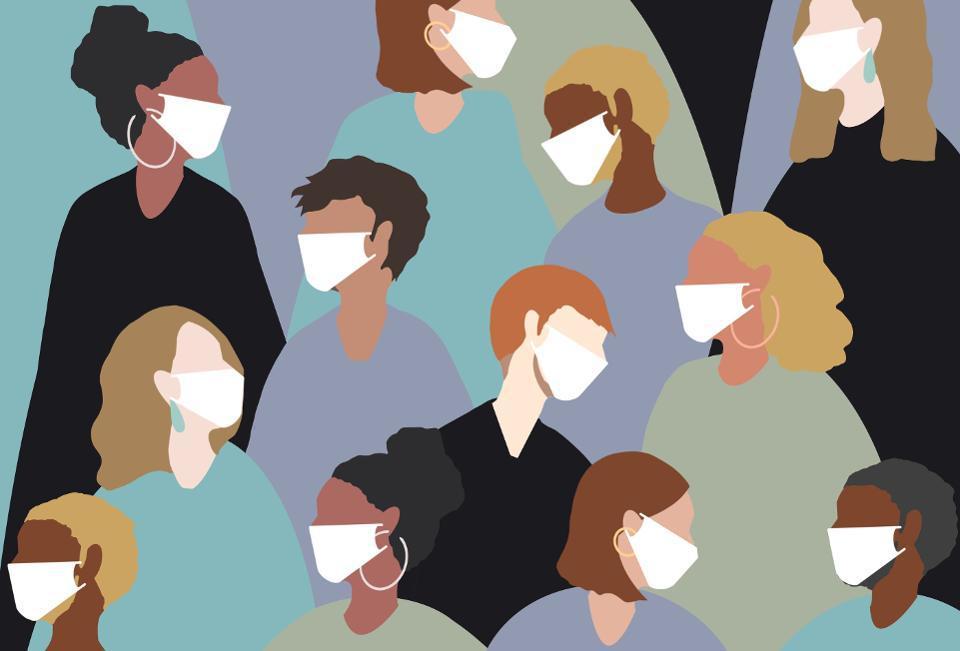The face-to-face fundraisers back on the street after lockdown
As part of our series on fundraising in a time of crisis, Peter Steinmayer of the Austrian Fundraising Association looks at the implications of a return to face-to-face fundraising during this uncertain time.
- Written by
- Peter Steinmayer
- Added
- May 21, 2020

Charities and nonprofits use a multitude of fundraising channels and platforms to ask for donations, but when it comes to regular giving, face-to-face is hard to beat.
In Spain, face-to-face is the main donor recruitment channel (closely followed by telemarketing), growing the number of regular givers significantly in recent years. In Austria, it typically brings in over 100,000 new regular givers annually and in the UK, the Institute of Fundraising reports that over 260,000 were recruited on the doorstep or on the street last year. And if there was ever a time where we needed an opportunity to recruit new committed supporters, surely this is it.
After months in lockdown, cancelled events and limited fundraising activity, nonprofits across Europe are facing massive funding shortfalls. There’s been a desperate need to get back out there and start fundraising but the priority – of course – has to be ensuring that fundraisers are doing it in a way that is safe, respectful and abides with social distancing recommendations.

New best practice standards.
Over the past two weeks, we’ve seen fundraisers re-emerge onto the street in Norway, the Netherlands and Austria. For each nation, the way they went about it has been different but I would say that the one thing that we’ve had in common is that we’ve all taken it slowly and cautiously. Typically, only the most experienced fundraisers are back on the street just now to monitor response and to ensure that we get this critical moment right – the re-launch of face-to-face.
Here in Austria, we set new standards for what best practice for face-to-face in corona times would look like. This meant minimising contact with the public, bringing in new hygiene measures like regular hand washing, disinfecting of equipment, imposing distance restrictions and – of course – requiring protective face gear for all practitioners. The standards also make it clear that fundraisers must avoid approaching anyone who clearly falls into an ‘at risk’ group.
Renewed appetite to talk.
Approaching people on the street is never straightforward. While it’s a great opportunity for many to gain an in-depth understanding of the charity they want to support, it often attracts criticism – not everybody wants to stop and talk. So, one of our biggest worries was undoubtedly what the public would make of it. Would we face even more criticism; accusations that charities were putting the public’s health at risk?
One week on and, with having tested some door-to-door activity too, it’s been a big learning curve. Perhaps the most important take-out is that the public really do want to talk and there’s great appetite to help good causes. After weeks in isolation, many passers-by are approaching fundraisers to chat with them (rather than the other way around).
Speaking with one of the first fundraisers back on the streets, ‘I don’t know what I expected,’ he told me. ‘I thought some people might be nervous and stay away. But actually, it’s often the donors who get too close, so I had to keep taking a step back.’
Another said: ‘We don’t approach older people who might be at risk, but some of them come to us. They are really interested – some just want to have a chat, but others really want to help if they can.’
While it’s too early to say what the impact is on donor recruitment numbers, the public reaction has been surprisingly positive. People are openly curious about what it’s like for fundraisers and the visible measures taken to fundraise safely in this new world are a talking point in themselves. They respect the fact that we’ve taken on board new measures to keep them and fundraisers safe, but it’s certainly not all smooth sailing.
Face shields clearly take some getting used to. The shields often dampen noise and, with people standing further away, fundraisers are having to speak much louder than they are used to. And let’s face it, no fundraiser wants to be accused of shouting at people on the street! Also, the masks can break and get foggy, so particularly with the Summer months approaching, it may become increasingly important that charities and agencies invest in better quality and longer-lasting models.

New world of face-to-face.
Although face-to-face as a channel has had to evolve to ensure that it can continue to be a positive, safe and trusted channel, it’s evident that we also need to consider changes in terms of people’s behaviour and habits. For example, in Vienna, we’ve found the shopping streets to be surprisingly busy. However, public transport hubs and other communal areas - those that would traditionally have high foot fall – are very quiet. So, this may mean that face-to-face leaders need to re-think their site selection.
All in all, the initial feedback and public response is better than expected, but we know it’s early days. Sharing our insights across the sector will, I hope, enable other markets to learn from our experiences, as we did from early feedback from fundraisers working in the re-opened face-to-face markets in Asia. In all likelihood, once the novelty factor has eased off, there’s bound to be some teething problems. So, we’ll keep tracking feedback (on the street and doorstep) and will be reporting on this and more in the future.
From SOFII: huge thanks to Peter for submitting this article.

















